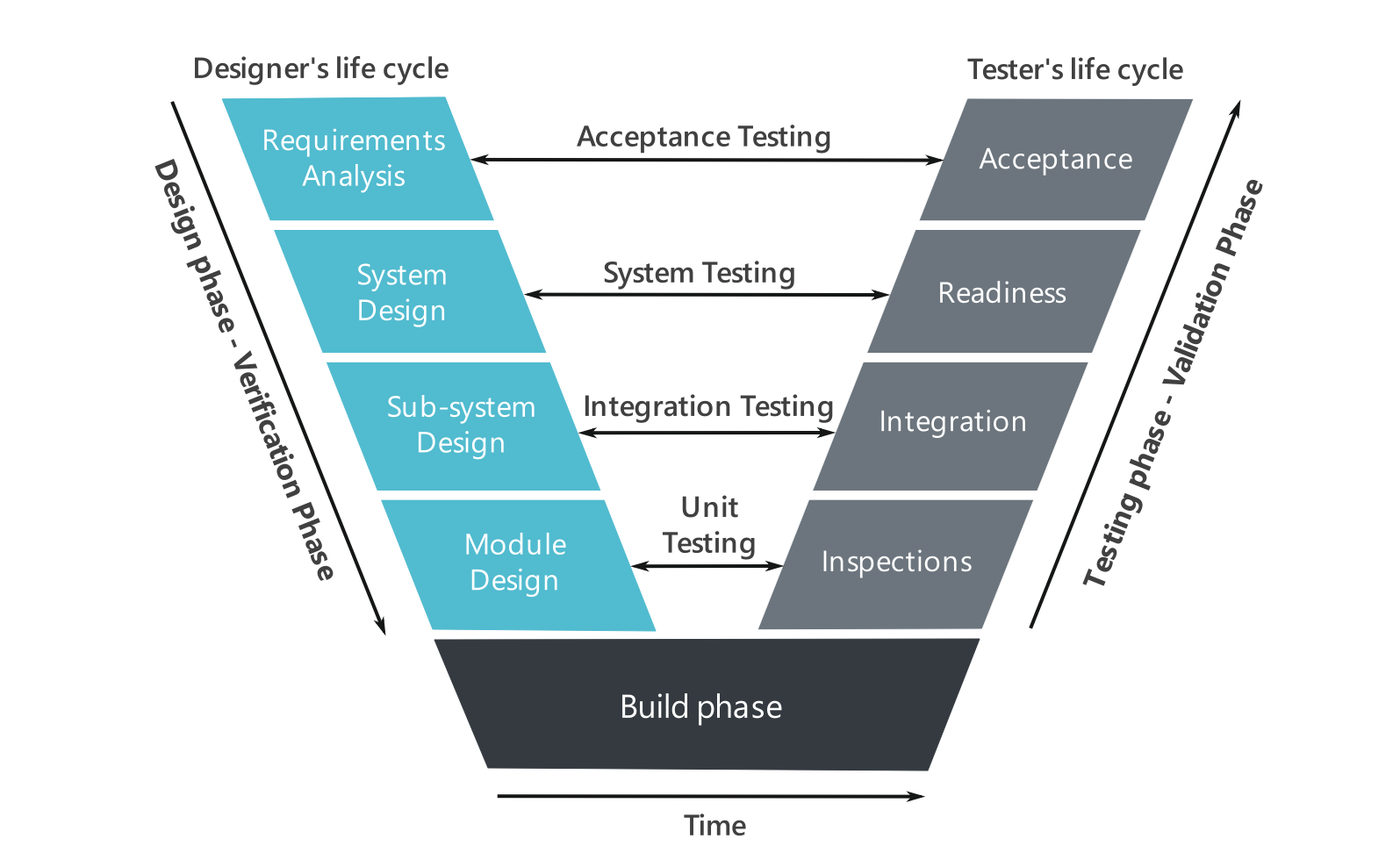Systems requirement verification is a critical aspect of systems engineering. It ensures that a system meets its specified requirements, thereby guaranteeing its functionality, reliability, and efficiency. This article delves into an ongoing debate in the field: Can software testing replace system testing in verifying systems requirements? Let’s explore this intriguing topic.
Table of Contents
- Understanding Systems Requirement Verification
- The Role of Software Testing in Systems Requirement Verification
- The Necessity of System Testing
- Case Study: Mapping a Software Signal to a Signal Transmitted by an ECU via CAN or Ethernet
- Expert Opinions and Experiences
- Frequently Asked Questions
- What is Systems Requirement Verification?
- What is the difference between Software Testing and System Testing?
- Can Software Testing replace System Testing in Systems Requirement Verification?
- What is an example of System Testing?
- What standard documents support the importance of System Testing in Systems Requirement Verification?
- Why is Systems Requirement Verification important?
- Summary of the Verification Role
- Expert Opinions and Experiences
Understanding Systems Requirement Verification
Systems requirement verification is the process of checking whether a system meets the specified requirements. It involves various methods such as analysis, testing, inspection, and demonstration. System-level verification is crucial as it ensures that the system as a whole functions as expected, taking into account all its components and their interactions. For example, in a car’s engine control unit (ECU), system verification would ensure that all components, including the software, hardware, and network communications via Controller Area Network (CAN) or Ethernet, work together seamlessly.
The Role of Software Testing in Systems Requirement Verification
Software testing is a vital part of systems requirement verification. It checks the functionality of the software component of a system, ensuring that it performs its tasks correctly. However, software testing has its limitations. While it can verify that the software functions as expected in isolation, it cannot guarantee that the software will work as intended when interacting with other components of the system. For instance, software testing can confirm that a command to increase engine power in a car’s ECU is correctly coded. However, it cannot verify whether this command will result in the desired increase in engine power, as this also depends on other factors such as the hardware and network communications.
The Necessity of System Testing
System testing is essential in systems requirement verification. It tests the system as a whole, taking into account all its components and their interactions. This ensures that the system functions as expected in real-world conditions. For example, in the case of the car’s ECU, system testing would involve not only checking that the command to increase engine power is correctly coded, but also that it results in the desired increase in engine power when executed. This would involve testing the hardware, software, and network communications together, providing a more comprehensive verification of the system’s requirements.
Case Study: Mapping a Software Signal to a Signal Transmitted by an ECU via CAN or Ethernet
Consider a scenario where a software signal needs to be mapped to a signal transmitted by an ECU via CAN or Ethernet. Software testing can verify that the software correctly generates the signal. However, it cannot verify whether this signal is correctly transmitted by the ECU via CAN or Ethernet, as this also depends on the hardware and network communications. System testing, on the other hand, can verify this, as it tests the software, hardware, and network communications together. This case study illustrates the importance of both software testing and system testing in systems requirement verification.
Expert Opinions and Experiences
Experienced systems engineers agree on the importance of both software testing and system testing in systems requirement verification. They argue that while software testing is crucial, it cannot replace system testing, as the latter provides a more comprehensive verification of the system’s requirements. This view is supported by standard documents in the field, such as the Systems Engineering Handbook, which emphasises the importance of system-level verification.
Frequently Asked Questions
What is Systems Requirement Verification?
Systems Requirement Verification is the process of ensuring that a system meets the specified requirements. It involves various methods such as analysis, testing, inspection, and demonstration.
What is the difference between Software Testing and System Testing?
Software Testing focuses on verifying the functionality of the software component of a system, while System Testing verifies the functionality of the entire system, including all its components and their interactions.
Can Software Testing replace System Testing in Systems Requirement Verification?
No, Software Testing cannot replace System Testing in Systems Requirement Verification. While Software Testing is crucial, it cannot guarantee that the software will work as intended when interacting with other components of the system. System Testing provides a more comprehensive verification of the system’s requirements.
What is an example of System Testing?
An example of System Testing is testing a car’s engine control unit (ECU). This would involve not only checking that the software commands are correctly coded, but also that they result in the desired outcomes when executed, taking into account the hardware and network communications.
What standard documents support the importance of System Testing in Systems Requirement Verification?
Standard documents such as the Systems Engineering Handbook emphasise the importance of system-level verification in Systems Requirement Verification.
Why is Systems Requirement Verification important?
Systems Requirement Verification is important as it ensures that a system functions as expected in real-world conditions, thereby guaranteeing its functionality, reliability, and efficiency.
Summary of the Verification Role
In summary, while software testing is a vital part of systems requirement verification, it cannot replace system testing. Both are necessary to ensure that a system meets its specified requirements and functions as expected in real-world conditions. As systems engineering continues to evolve, the importance of comprehensive systems requirement verification remains paramount.
We invite you to share your thoughts and experiences on this topic. Explore more about systems engineering on our blog and join the conversation. Your insights can contribute to the ongoing development of best practices in systems requirement verification.

Expert Opinions and Experiences
Experienced systems engineers agree on the importance of both software testing and system testing in systems requirement verification. They argue that while software testing is crucial, it cannot replace system testing, as the latter provides a more comprehensive verification of the system’s requirements. This view is supported by standard documents in the field, such as the Systems Engineering Handbook, which emphasizes the importance of system-level verification.







